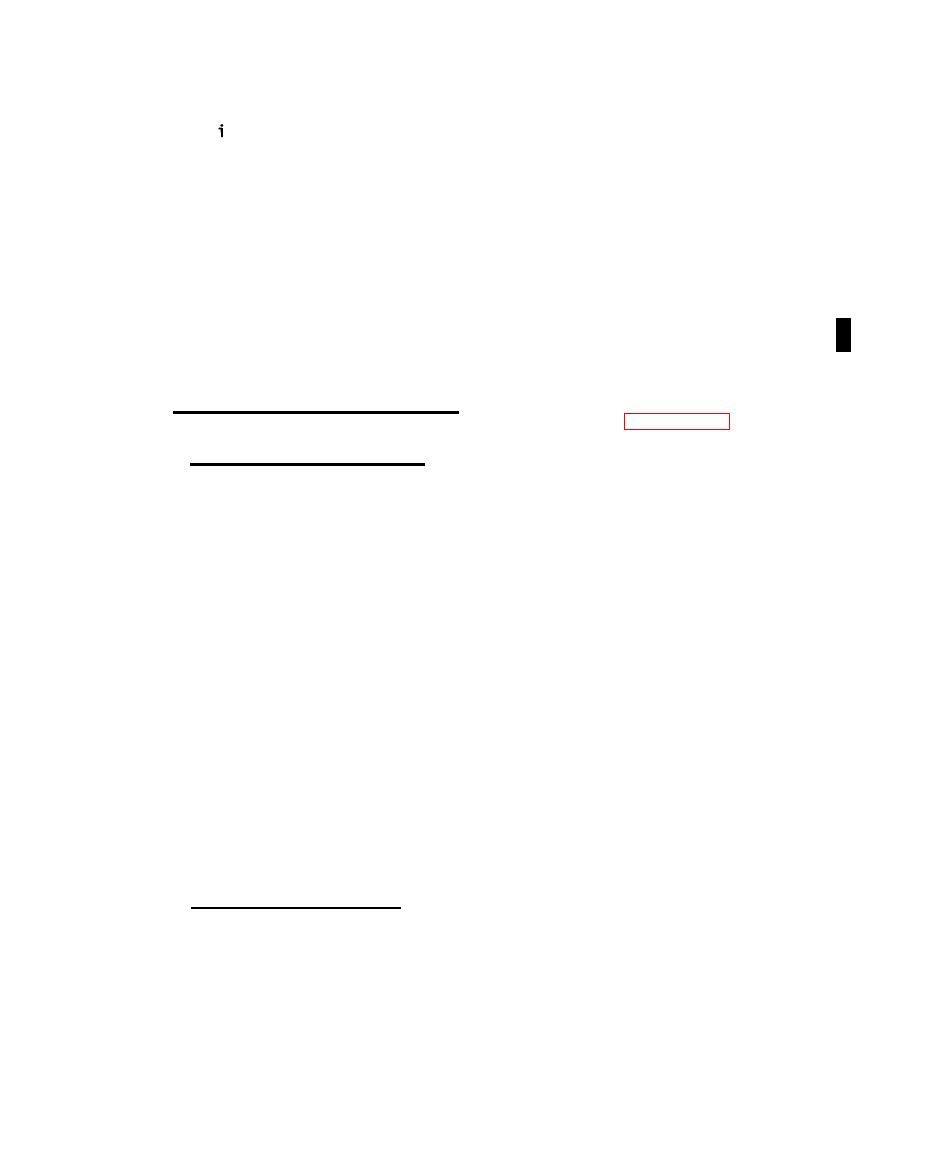 |
|||
|
|
|||
|
Page Title:
Microcomputer (CPU) Section. Refer to FO-2 |
|
||
| ||||||||||
|
|
 TM 32-5865-069-24&P
frequency of 3.0 MHz. The output of the filter is applied to switch U2. WBIF*
routes the s gnal thru U2 to the output via switched attenuator U1 and amplifier
When a narrowband signal is required. NBIF* is active and enables local
AR4.
oscillator U1O. The signal from the 'lower"leg of the divider is fed via an exter-
nal bandpass filter to mixer U8. The 1.8 MHz signal from U1O is input to U8 and
down converts the signal. The mixer output is amplified by AR3 and fed thru a
low-pass filter, cut-off frequency 300 kHz, to the input of switch U2. NBIF*
routes the signal thru U2 to the output via U1 and AR4. Video signals, one from
each of the four receivers, are fed to U7. The required signal is routed thru U7
by one of the control signals, VCONT 1* - 4*. The output of U7 is fed thru a
switched 0-50 dB attenuator to AR1. The T-pad attenuators use FET switches U4,
U5, and U6 to obtain a 10 dB per step attenuation. The switches are controlled by
attenuation select signals from A12 (20 DB1-3 and 10 DB). The output of AR1 is
routed thru switch U2 by the VIDEO* 1 signal and output via attenuator U1 and AR4.1
The output from the SP5T switch is routed thru a 20 dB T-pad attenuator. The
output from the attenuator is amplified and buffered in AR4.
A7 . There are two sections of A7 described in the following paragraphs.
is based on 8085 MPU, U28. U21 and U22 provide four kilobytes of EPROM memory.
One kilobyte of RAM storage is also provided (U1E, U2A, U2B, U12 and U13). The
MPU uses a multiplexed data/address bus. When enabled by ALE, U20 latches the
eight least significant bits of the address from the data/address bus. The more
significant address-bits are buffered by U38. Together, the outputs from U20 and
U38 provide a complete 16-bit address bus. Address bits from U38 are also decoded
by the address decoder circuit (U19, U27) . This circuit provides 15 memory
address/select signals. All 1/0 devices, used to interface the MPU with external
data sources, are accessed using memory mapped 1/0 techniques. The devices are
enabled by signals from two decoders. When enabled by SEL 3000*, U40 decodes
address-bits from the address bus. U40 provides eight device select signals.
These are used to select the required Programmable Peripheral Interface (PPI)
device. Decoder U42 provides eight enable signals, 1/0 SEL O* thru 1/0 SEL 7*.
These are used to enable single 1/0 devices. The read/write logic is controlled
by the signals RD* and WR*. These signals are used to enable data to/from the
data bus. The data bus is buffered to provide a high drive capability. The data
bus buffer circuit (U2C, U3C, U4, U1O, and U11) is bidirectional and controlled by
the RD/WR* and ALE* signals from U18 and U1D. Program instructions for data
collection and distribution routines are stored in the EPROM memory. The power on
reset circuit (CR1, R8, C16) ensures the routines are started correctly at power
on. Interrupt signals TRANSMIT INTR, TIMER INTR and RECEIVE INTR are used to
control program execution. The MPU internal clock is inverted by U9F to provide
the 3.072 MHz CLK* signal. This signal is used to time external circuits pro-
viding data for the CPU.
3-3.3.2 RC Bus Interface Section. The RC bus interface section provides the
functions necessary to interface the RSPU with the RC bus. Refer to FO-2, sheet
2. This section functions under the control of the CPU. Control, address, and
data busses together with 1/0 enable signals interface this section with the
CPU. In turn, the section provides two CPU interrupts for program control. The
RC Bus Interface performs three tasks. These are described in the following
subparagraphs.
3-11
Change 1
|
|
Privacy Statement - Press Release - Copyright Information. - Contact Us |